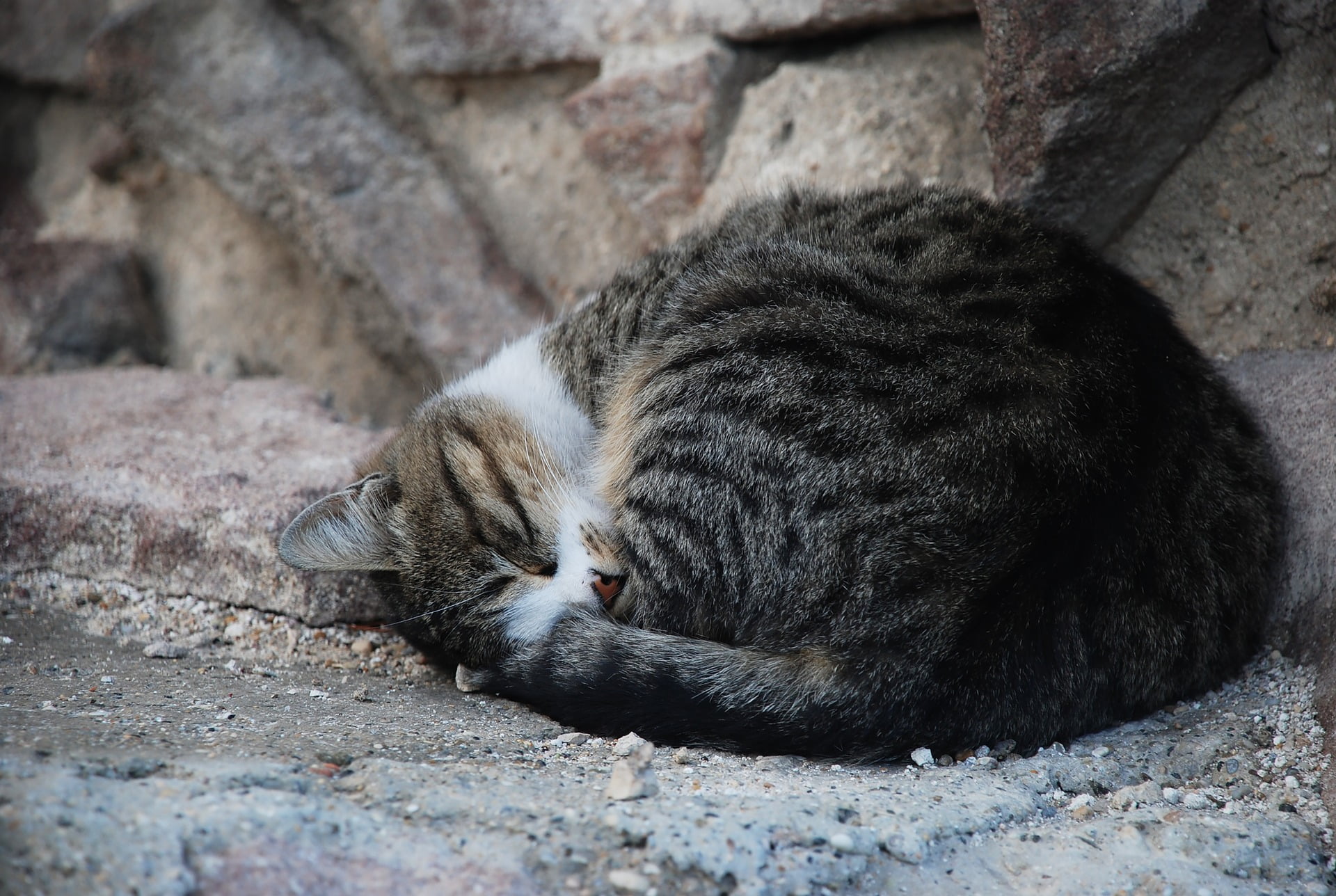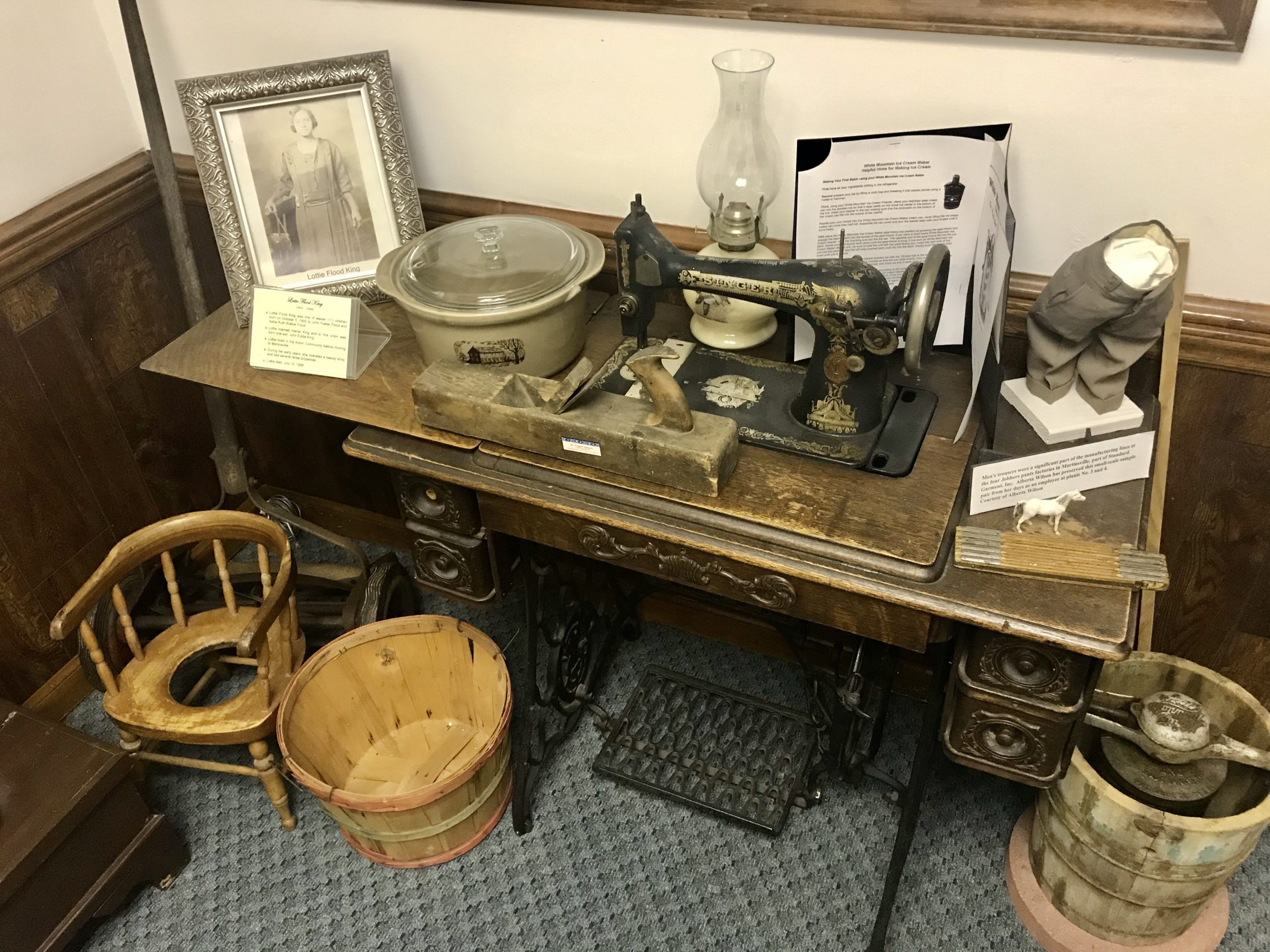
By Brandon Martin
Alice Ann Blevins and others are on a crusade to find purr-fect homes for a colony of feral cats near the Clock Tower on Franklin Street in Martinsville.
Blevins, an animal-lover, said that the exact number of felines is uncertain, but she expects “there are about 30 cats on the low end.”
She said that the presence of the cats has dated back a number of years and the population has sustained itself on the kindness of strangers so far.
“Everyone here loves cats, and when we see one that looks hungry, no animal lover can let them go hungry so we feed them,” she said.
Her main goal was to get the cats spayed or neutered, which she has achieved thanks to the help of Lester Corp. and volunteers who have donated to pay for the surgeries.
“We are so pleased with Lester and hope they will be an example for other businesses,” Blevins said.
Now, Blevins and her group are focused on finding homes for the cats, preferably as barn cats. Blevins added that the feral cats, at their current age, wouldn’t make good house cats.
“Once they are feral and adults, they will never be tamed,” she said. “The only hope is to get them fixed and then adopted as outdoor cats.”
That may be a return to their roots, according to Tufts University Cumming School of Veterinary Medicine. The school reports that early ancestors to our household cats spread from Southwest Asia to Europe about 4400 B.C. The working theory is that these cats survived by the same means as most people during this period — off the farm.
Love bloomed between the two species and they formed a pact. Humans would plant and harvest food for their families. Cats would catch any mice or rats that sought to destroy the crops. Both kept a constant source of food, and humans could adore their furry teammates from afar.
As this cat and mouse game went on, people began to raise the offspring from these feral cats and now approximately 32 million American households own a cat as a pet, according to the American Veterinary Medical Association.
Not all cats find homes though. While the number of feral cats is impossible to pin-point, it is estimated to be in the tens of millions. Typically, in metropolitan areas, these cats form colonies and have adopted the moniker of “alley cats.”
Blevins is looking for any help she can get with finding homes for the cats and she believes that a stigma around them may be holding prospective owners from adopting.
“People don’t give cats enough credit,” Blevins said. “They are so very loving. They are different from the love of a dog but they can be very affectionate in their own way.”
Those looking to help these cats return to their roots on the farmlands can call Blevins at (276) 732-6249 or email her at aawb11222@gmail.com.




